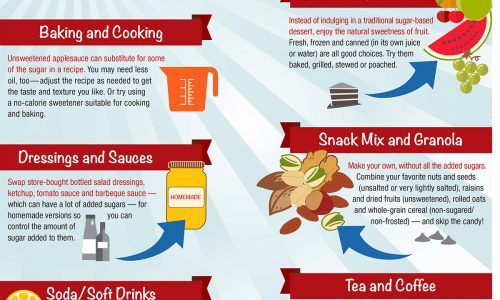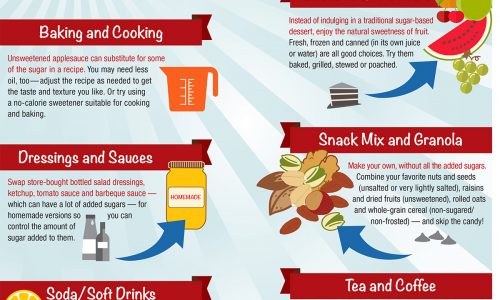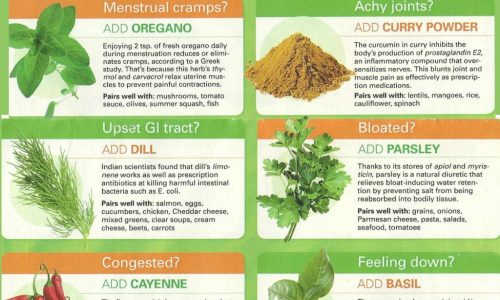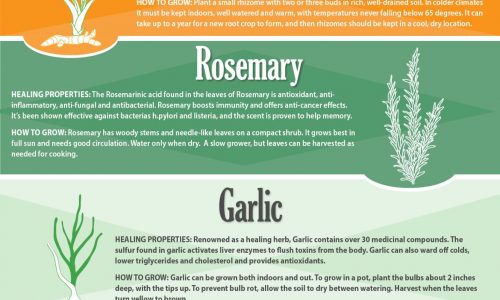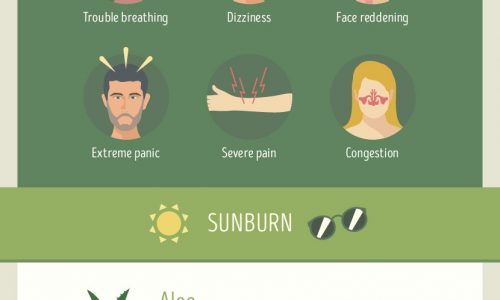
Food labels help us identify what’s in our food, but sometimes the wording can be complicated misleading. Discover how food labels differ and start making smarter choices. For example, you know Vitamin Water is mainly sugar and water right? It’s well marketed to appeal to anyone looking for a health drink though. It can be difficult to judge what our food contains when we don’t understand the terminology.
In the United States, health claims on food labels help the food industry sell more than 377 billion dollars worth of food each year. This marketing ploy drives sales on both natural and organic products.
Organic foods must contain at least 95% organic ingredients. They can’t be produced with antibiotics, hormones, and pesticides. Although the word natural sounds synonymous with organic, it’s not. The FDA has no official definition for the word natural. This ambiguity makes it difficult to know what exactly constitutes a natural product.
Each of the various food groups, from bread to meat, have their stipulations for food label wording. You’ll see terms like naturally raised or free-range. You’ve probably come across grass fed, cage-free, or no hormones. Each of these phrases means something slightly different. Stay on top of what you’re buying and consuming by examining what your food labels mean..you may even find some bizarre ingredients. Until labels are more transparent, we’ll need to do our research.

